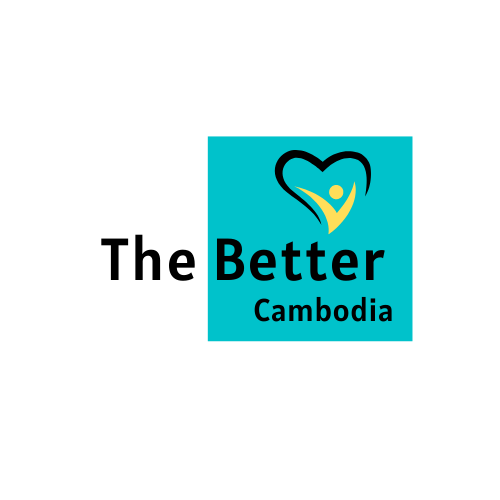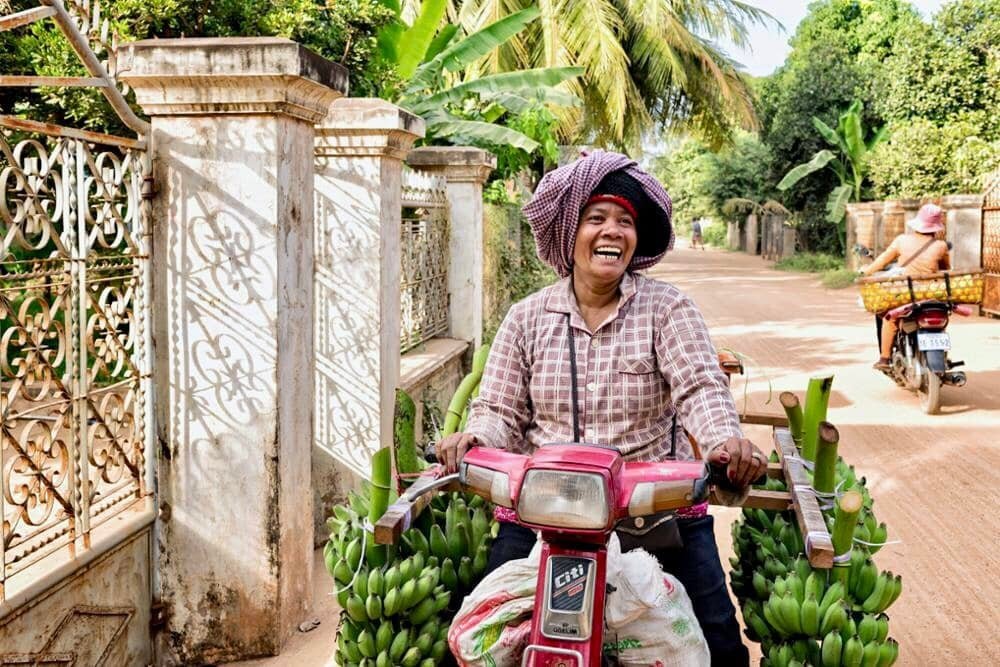Written by H.E Samheng Boros
Rural development is important not only for the majority of people living in rural areas but also for the country’s overall economic expansion. According to studies, as of 2021, approximately 75% of Cambodia’s population lives in rural areas.
In today’s world, people migrate from villages to towns in search of more opportunities, better healthcare, infrastructure, technology, and a higher standard of living, resulting in an increase in the urban centric population. Cambodia is in a better place when compared to other countries where a huge percentage of the population migrates to towns, making the towns overcrowded and polluted, also adding to the increasing economic imbalance in the world.
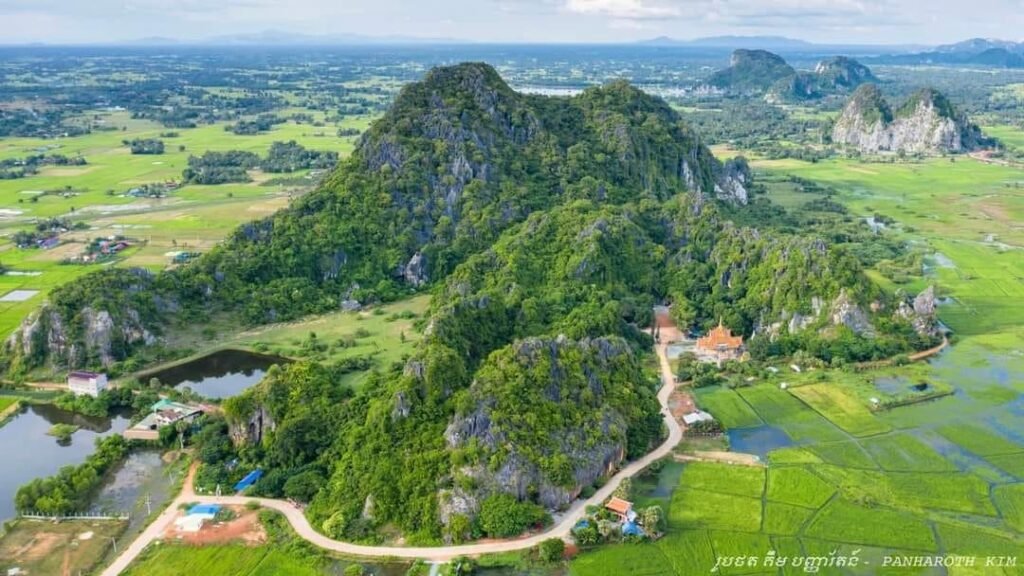
Labour migration to urban areas is a sign of unscientific urban and rural strategies. Economic growth has been a focus of many Asian and African countries’ development initiatives. In spite of the fact that the majority of people live in rural areas, investment in economic growth has been skewed toward capital-intensive urban centers in many of these countries.
The only choice available to many of the underprivileged from rural areas is to look for work in urban areas. The unprecedented expansion of urban centers and settlements can be explained by the disparity between rural and urban development. Fortunately, this is not seen to a large extent in Cambodia
Cities continue to draw people in quest of a higher quality of life, better job prospects, and more services even if more than half of the world’s population lives in urban areas. Cities deal with a wide range of problems caused by integration, as well as the immediate needs of migrants. Numerous cities that welcome newcomers demonstrate that, in the long run, well managed migration can be beneficial for economies and societies.
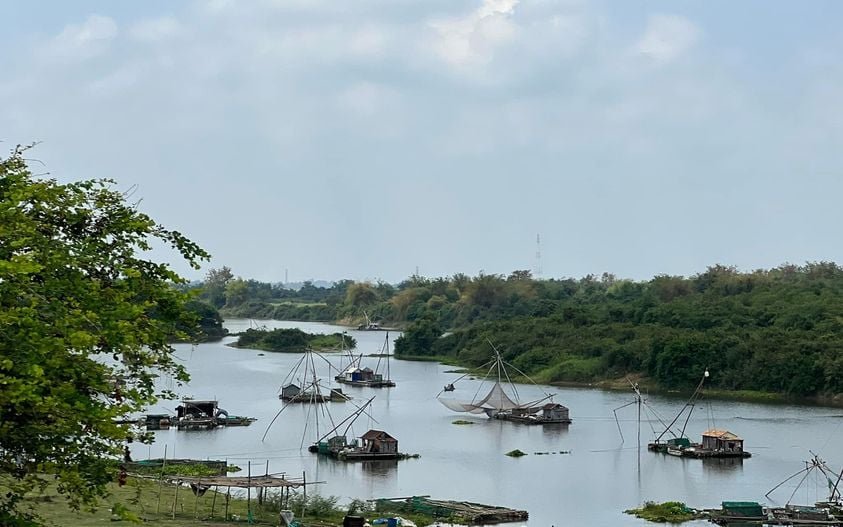
While Cambodia is maintaining this balance by addressing core livelihood developments in the rural areas, like focusing on agriculture and animal husbandry, there are fields like traditional arts and crafts that will add value to the current initiatives and overall growth.
With the goal of promoting health and nutrition in rural areas by increasing access to clean water and sanitary facilities, the Royal Government of Cambodia has developed a National Strategic Plan on Water Supply and Rural Sanitation Promotion 2014-2025.
More than 80% of Cambodia’s rural people now have access to clean water and toilets. This is up from 70% in 2017.

Since 2018, the Royal Government of Cambodia has built 11,741 wells, 1,271 community ponds, 2,440 rainwater tanks, 200 water distribution systems, and provided 145,865 large water jars to families.
The Royal Government of Cambodia (RGC) has completed the construction of 433,014 toilets for villagers and 11,198 handwashing facilities in public schools. RGC’s goal is to make sure that everyone in rural areas has access to clean water and sanitation by 2025.
Cambodia’s economy has done exceptionally well over the past decade, and the country’s efforts to reduce poverty have made substantial progress in that time. Agriculture and related agro-industries have been a significant contributor to the growth of the overall economy.
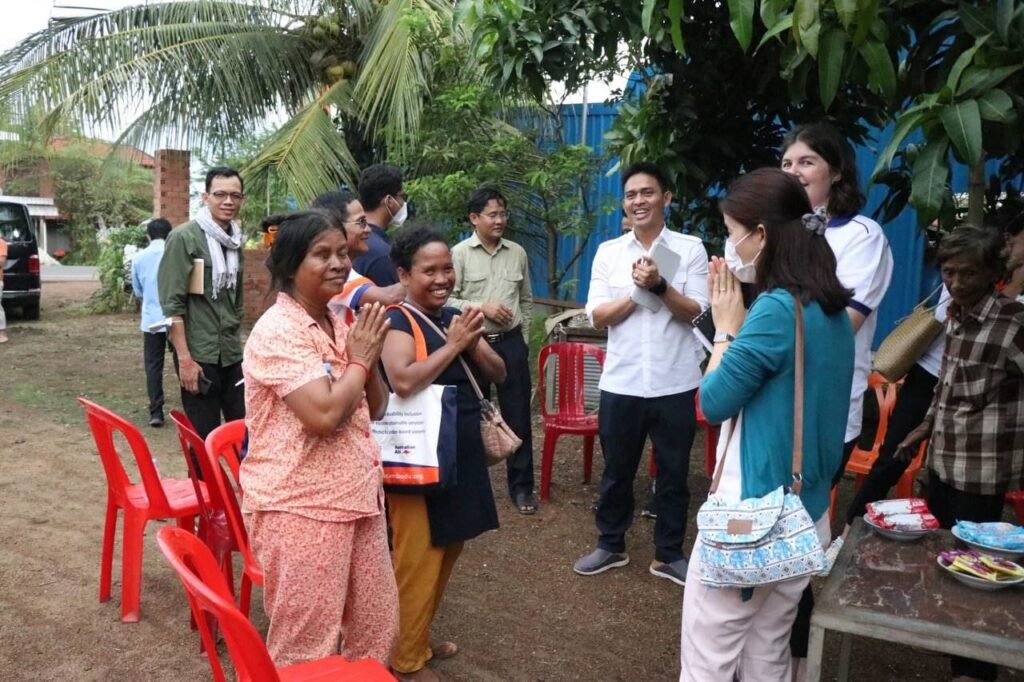
COVID-19 has had an impact on the supply and demand sides of the global food trade. In the middle of the pandemic, the Cambodian government has allowed the nationwide transportation of goods, including agricultural products and inputs. As a result, prices for the majority of important food commodities have largely stayed consistent.
However, as mentioned above, a widened focus on traditional arts and crafts, with the Government prioritising investing in the macroeconomic health of the community as a whole, will help towards promoting rural development and giving local communities the power to organise and manage their own growth.
The Cambodian government’s diversified developmental strategy includes the supply of loans to households and small businesses, cash transfers, the decentralisation and deconcentration of the delivery of public services, and support for participatory, decentralised, area-based programs.
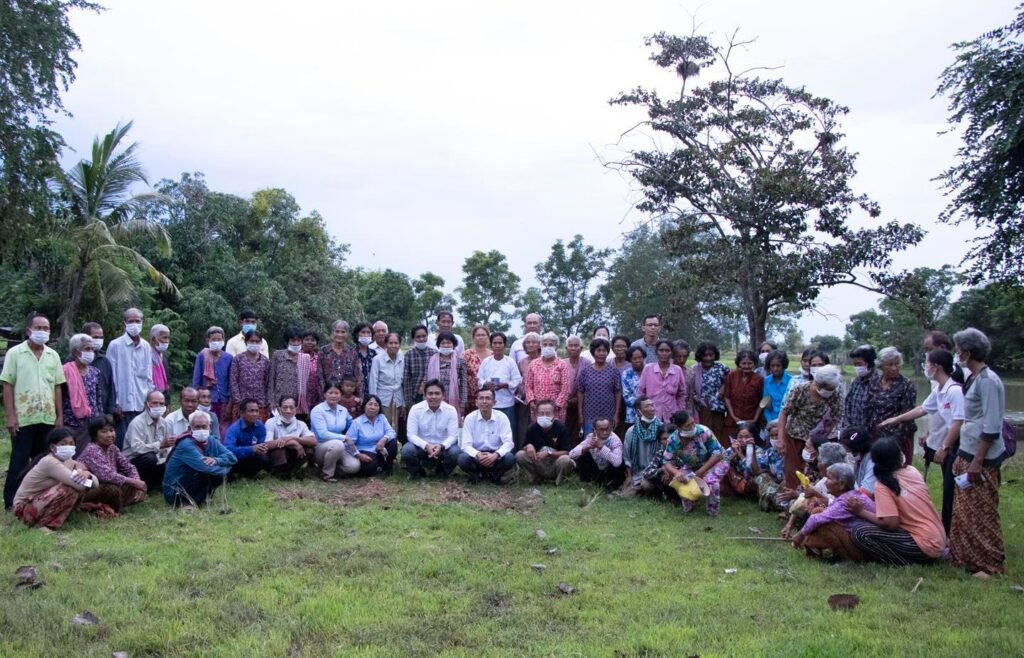
Conclusion
Every village has its own unique personality, different industries, and developmental needs. Developmental plans should be based on the aspirations of the people, while also maximising their strengths and minimising their weaknesses.
The development of rural areas lifts people’s morale and strengthens their unique identities. The facilities for a higher standard of living should be available in an ideal village, but the traditions and customs that are associated with villages should be kept intact.
H.E Samheng Boros is Minister attached to the Prime Minister , Royal Government of Cambodia and Chairman of National Social Assistance Fund Board (NSAF) and Secretary of State at the Ministry of Social Affairs, Veterans and Youth Rehabilitation (MoSVY).
